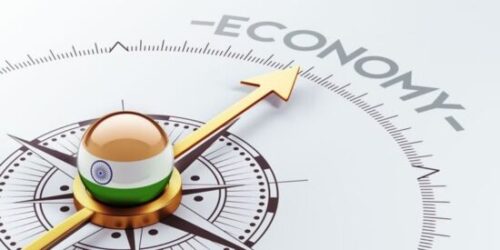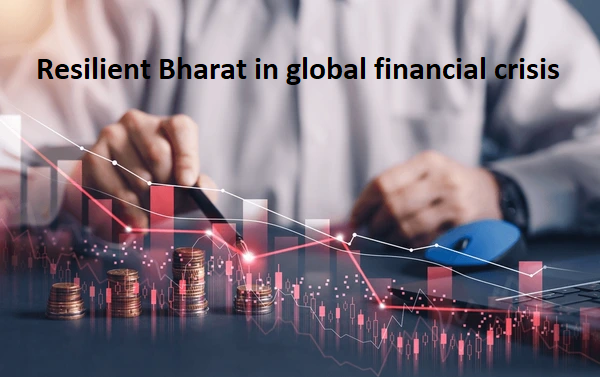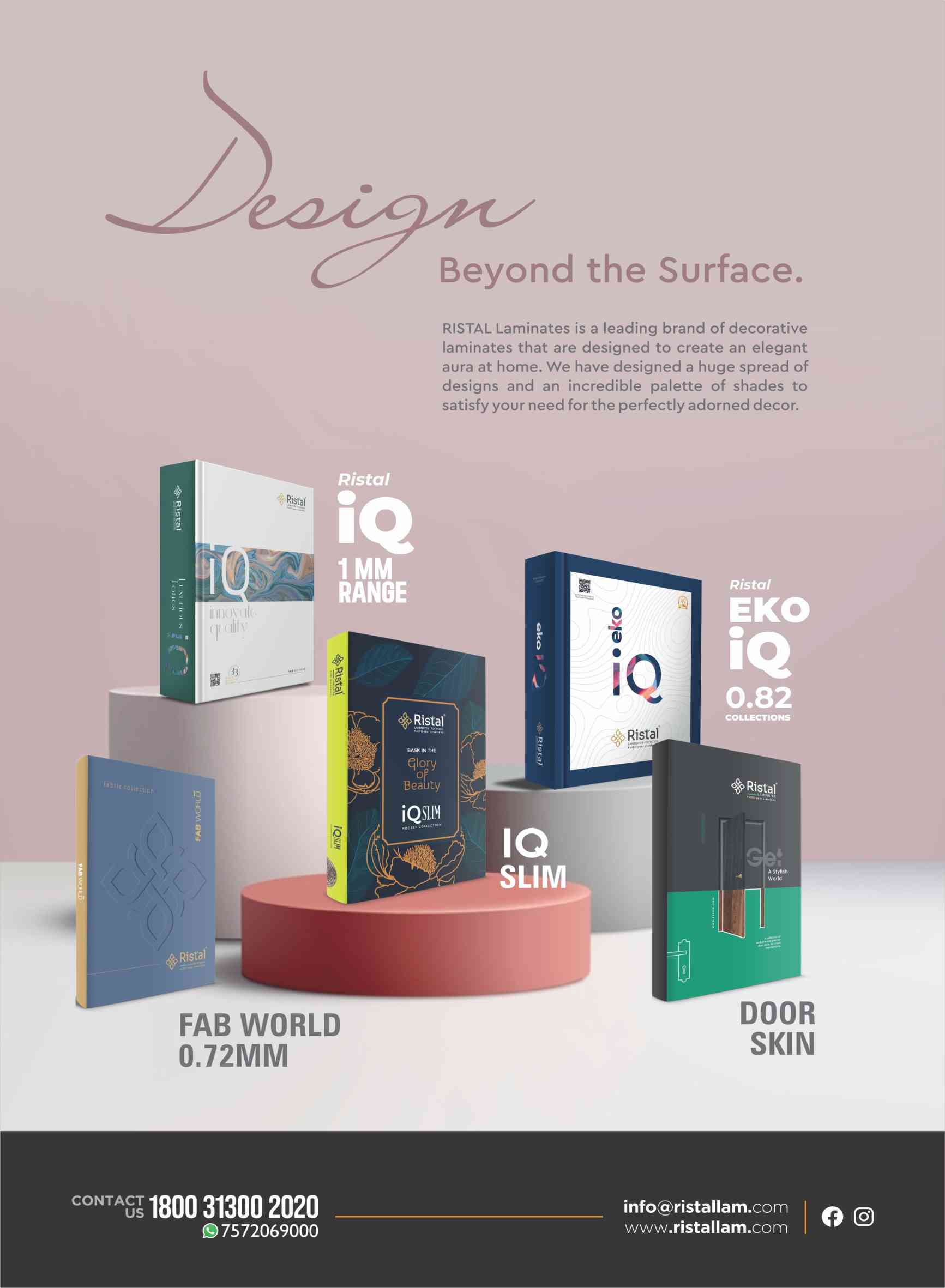
Opportunities and Challenges in India’s growth
- November 15, 2024
- 0
100 million people are expected to become affluent, with 65% of the population moving towards the middle class this decade. Growth at 7% is the new norm and could be higher. The last two years have shown us enormous potential, but challenges remain.
Youth unemployment for ages 20-24 is mid-40%, presenting a substantial reskilling challenge.
Infrastructure has improved significantly, yet India spends only 3% of its GDP on it, compared to China’s 9%.
In R&D, India spends less than 1% of its GDP, while the global average is 1.8% and the US spends 3.5%.
To realise India’s Century, we must address reskilling, infrastructure, and R&D spending, focusing on quality to establish India as a benchmark in various sectors.
Balanced growth model have several key components. First, it will be consumption-led, particularly driven by digital consumption, supported by India’s robust digital infrastructure, access, and payments systems. Second, it will be investment-led, focusing on infrastructure, renewables, and energy transitions. Third, there will be significant government spending and a strong emphasis on exports.
This balanced approach contrasts with the China model, which was heavily dependent on exports and infrastructure investment, with less emphasis on consumption. India’s path will integrate all these elements, leading to more stable and diversified growth.
This is a pivotal moment for India to move from the aspiration of India’s Century to its realisation. India can play a crucial role in rethinking and rebuilding resilient supply chains, becoming a major hub for manufacturing and logistics. Make in India can enhance global supply chain resilience. Additionally, India can link sources of capital with dynamic, consumption-led economic growth, creating economic bridges with the Gulf states, Central Asia, Southeast Asia and the US.
By fostering these connections, India can become central to a network of interlinked economies. This role, defined by creating links and promoting collaboration, not only enhances India’s global standing but also offers a unique opportunity for sustainable and inclusive growth, aligning with the broader vision of India’s Century.
No country offers friction-free growth. Every nation has its challenges. That said, we should celebrate the significant advancements India has made to facilitate business operations.
However, in quest to accelerate India’s Century, we must recognise that there is still room for improvement. The current level of friction is not ideal, and there are numerous next-generation opportunities that can be addressed, likely through public-private partnerships, to make doing business in India even easier. While it is easier now, it’s not easy enough yet.































































